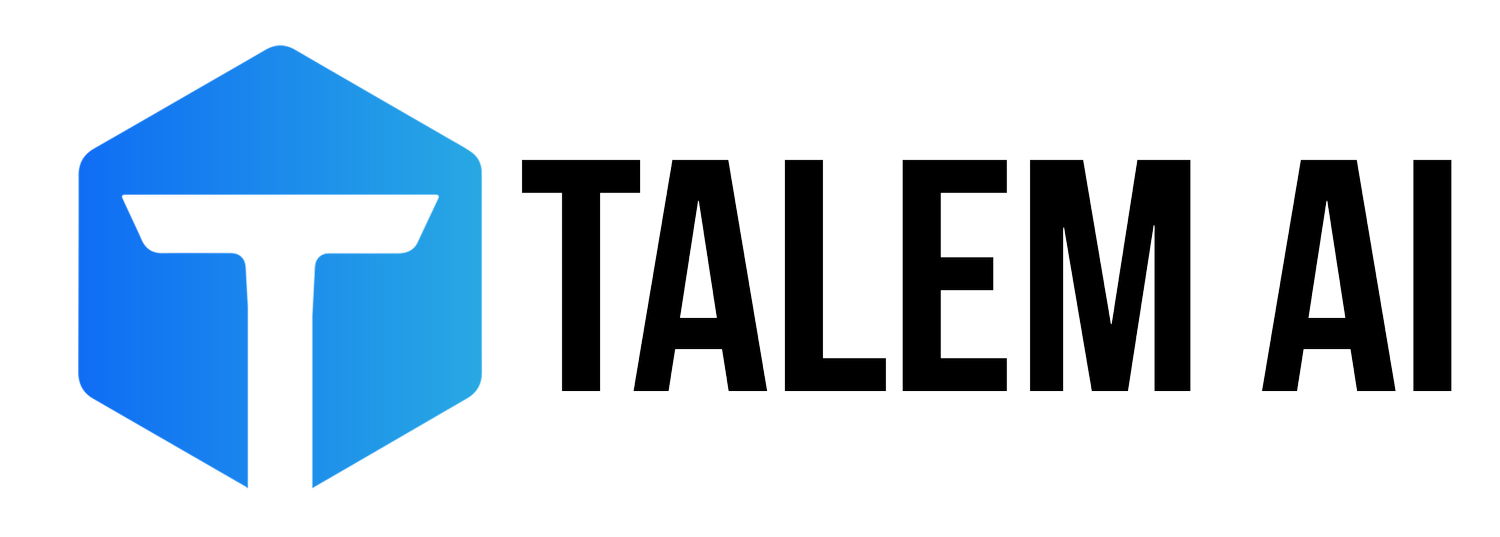How to Reduce Claims Leakage: The Persistent Challenge for Insurers
Claims leakage—the gap between expected and actual claim costs—has been a long-standing challenge in the insurance industry. While the concept isn’t new, the urgency to address it has only increased as insurers face rising costs, changing consumer expectations, and the complexity of modern claims management.
A past analysis estimated that claims leakage accounts for roughly 6% of total claim payments, costing U.S. insurers approximately $67 billion annually. While this statistic is from an earlier study, the fundamental issues driving claims leakage—inefficiency and ineffectiveness—remain unchanged. In fact, they are arguably more relevant than ever as insurers navigate an increasingly complex claims environment.
Why Claims Leakage Persists
Despite advancements in claims technology, two major factors continue to contribute to claims leakage:
Inefficiency – Many insurers still rely on manual, time-consuming processes that delay claim resolutions and drive up costs. Adjusters often recognize the need for prompt action but are slowed down by outdated workflows, lack of real-time data, and administrative burdens.
Ineffectiveness – Even when claims are processed quickly, incomplete or delayed information often results in poor initial assessments, leading to underestimation of claim costs, disputes, and rework. Without accurate data on accident severity and potential injuries, insurers struggle to make informed decisions early in the process.
The Path Forward: AI-Powered Accident and Injury Insights
To reduce claims leakage, insurers must address these two core issues by integrating AI-driven accident analysis and injury assessment into their claims workflows. The key to efficiency and effectiveness is understanding the accident and the injury at First Notice of Loss (FNOL).
1. Early, Accurate Injury Assessments
AI-powered tools can analyze crash photos and telematics data to predict injury severity immediately after an accident. This allows insurers to triage claims more effectively, ensuring claimants receive the appropriate level of care faster—reducing unnecessary medical costs and litigation risk.
2. Faster, More Data-Driven Claims Processing
By leveraging AI to assess accident impact in near real-time, insurers can automate claim segmentation, prioritize high-risk cases, and expedite simpler claims. This minimizes administrative delays and ensures a more efficient allocation of adjuster resources.
3. Reducing Disputes Through Better FNOL Decisions
When insurers have accurate accident insights from the start, claimants receive faster resolutions and disputes over injury severity decrease. This improves customer satisfaction while reducing legal costs and extended claim durations.
Reimagining Claims Management
Claims leakage isn’t a relic of the past—it’s an ongoing issue that continues to challenge insurers. The solution isn’t just automation—it’s better decision-making, powered by AI and real-time data.
At Talem AI, we help insurers optimize their claims processes by providing instant, AI-driven injury assessments at FNOL. Ensuring adjusters have the right data at the right time, we enable insurers to reduce claims leakage, improve accuracy, and create a more efficient, customer-centric claims experience.
The insurance industry is evolving—are you leveraging AI to stay ahead?
